Praise for The Mandala of Being
The Mandala of Being reminds us that inherent in being human are the forces that distract who we really are from the calm of who we can be. Richard Mosss formula for coming back to the present is a process we can all achieve.
Anthony Robbins
This is an important, deeply powerful, and simply magnificent book. What can be awakened, seen, and experienced here can save your true life and the life of our planetary family. I highly recommend reading it, Now.
Brooke Medicine Eagle, author of
Buffalo Woman Come Singing and The Last Ghost Dance
So often we come home from a workshop or conference feeling at one with ourselves and the universe only to have it dissipate as soon as we have to decide who takes out the garbage. Moss gives us a way out. Hes looked deeply into how we can maintain radical aliveness in daily life. You will find many practical insights and innovative suggestions to help you. We highly recommend this book.
Justine & Michael Toms, co-founders New Dimensions
Media and New Dimensions Radio and authors of
True Work: Doing What You Love and Loving What You Do
Once again Richard Moss has written a groundbreaking work of inspiration and depth. Having used Richards teachings and books in my classes for many years, I know of the power of his wise insights into the essential nature of being. As one of the leading spiritual teachers combining spirituality and psychology, Richard has brought forth a deep teaching of the process of self-inquiry into the ever present Now where I am sufficient as I am. His book The Mandala of Being is truly an essential contribution to the important work of living a life in spiritual fullness.
Ray Greenleaf, MA, Chair, Counseling Psychology, School
of Holistic Studies, John F. Kennedy University
THE MANDALA OF BEING
ALSO BY RICHARD MOSS
The Black Butterfly
How Shall I Live?
The I That Is We
The Second Miracle
Words That Shine Both Ways
THE MANDALA OF BEING

Discovering the Power of Awareness
RICHARD MOSS, MD

New World Library
Novato, California

| New World Library
14 Pamaron Way
Novato, California 94949 |
Copyright 2007 by Richard Moss, MD
All rights reserved. This book may not be reproduced in whole or in part, stored in a retrieval system, or transmitted in any form or by any means electronic, mechanical, or other without written permission from the publisher, except by a reviewer, who may quote brief passages in a review.
Excerpt on page 144 from East Coker in Four Quartets by T. S. Eliot, copyright 1940 by T. S. Eliot; renewed in 1968 by Esme Valerie Eliot. Reprinted by permission of Harcourt, Inc.
Text design and typography by Tona Pearce Myers
Library of Congress Cataloging-in-Publication Data is available upon request.
First printing, February 2007
ISBN-10: 1-57731-572-3
ISBN-13: 978-1-57731-572-8
Printed in Canada on acid-free, recycled paper
 New World Library is a proud member of the Green Press Initiative.
New World Library is a proud member of the Green Press Initiative.
Distributed by Publishers Group West
10 9 8 7 6 5 4 3 2 1
Who loves, loves love,
and loving love
forms a circle so complete,
there is no end to love.
SAINT BERNARD

Contents
PART ONE
Fundamental Principles of Awareness:
THE JOURNEY FROM SELF TO S ELF
PART TWO
Utilizing the Power of Awareness:
WELCOMING OURSELVES HOME


This book has been a true labor of love for me. It is the culmination and distillation of what I have learned in thirty years of teaching, around the world, about being fully alive no matter what the circumstances. It is an invitation to self-mastery, less in the sense of attaining a state of enlightenment, and more in the sense of living as a genuinely self-determining individual free from the dominion of fear. Real mastery is the ability to stay fully present for whatever life brings because we trust who we are.
Joseph Campbell, the famous mythologist, observed that all of us are seeking in myriad ways meaning and purpose in our lives, but that what we really want is the experience of feeling totally alive and completely free. This yearning wells up from deep within, and we know it to be essential and real. Responding to it has been one of the principal impulses of human endeavor; it is the true heart of spiritual life. To touch it is to awaken from sleep to such a sense of fullness that, for the first time, we recognize a certain emptiness that has always been a part of our lives. Suddenly, without thought, we know the answers to our deepest questions, such as why we are here.
Early on in my career as a consciousness teacher, I learned that it was relatively easy to bring people to a state of what I call radical aliveness, where the mind is silent, the body is filled with presence, and a new enthusiasm for living is born. The secret, I realized, lay not in deliberately invoking a particular state of consciousness but in creating activities that require the body and the mind to be in the same place in the Now.
Some of us spontaneously experience moments of this aliveness in meditation or in making love. Others have tasted it in the flow of artistic creativity or in the exhilaration of athletic pursuits. But when we leave the focus of these contexts and return to the routine and challenges of daily living, few of us know how to sustain a sense of centeredness and joy. I have written extensively about reaching these states of aliveness in my previous books, especially The Black Butterfly and The Second Miracle.
In The Mandala of Being, I offer a simple practice that meets the challenge of maintaining this aliveness in daily life without requiring the presence of a teacher, a special sacred environment, or the heightened energy of a group of people exploring consciousness together.
I long ago recognized that it was always easier to remain spacious and present while I was teaching than when I was at home and involved with the demands of daily living. So I set about trying to understand what my mind was doing differently, both for my own sake and the sake of those whom I counseled. I already knew it was not a question of holding onto the same expansive state that we attained in our work together, that it was instead about reclaiming an equivalent quality of relationship to ourselves in the midst of ordinary life.
I realized that we needed to balance the experiential activities that invite presence, such as meditation, movement, and breath work, with a specific form of self-inquiry that helps us understand how our minds leave the Now. Obviously our bodies are always in the Now. As I began to carefully observe what the mind is actually doing when it moves away from the present, I saw that there are only four places that it ever goes. This added an essential element to my work.


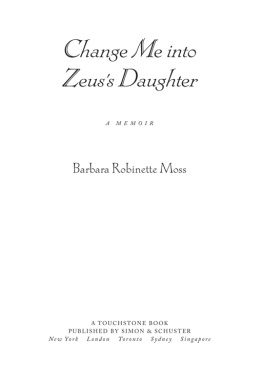
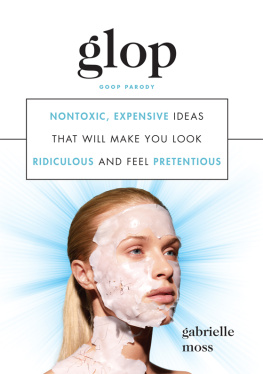
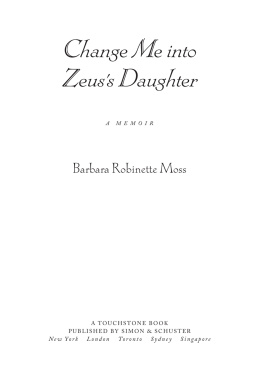
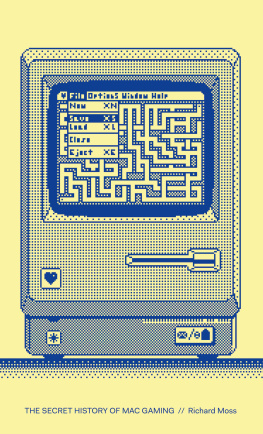
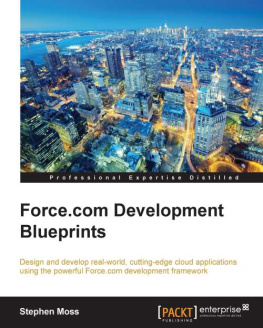
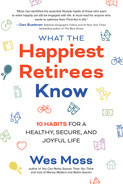
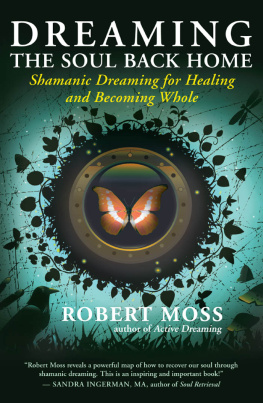
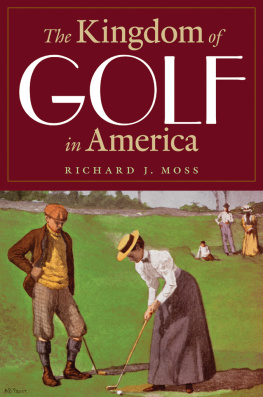
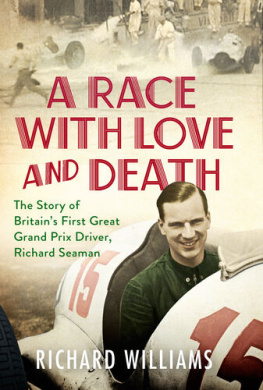

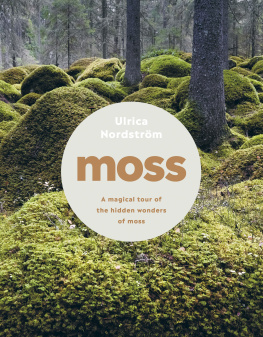


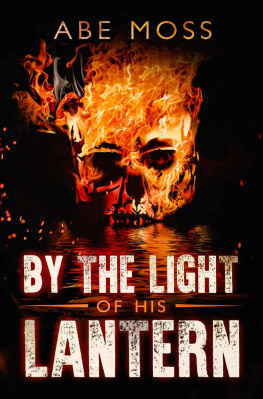
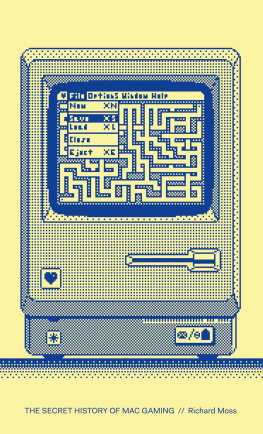

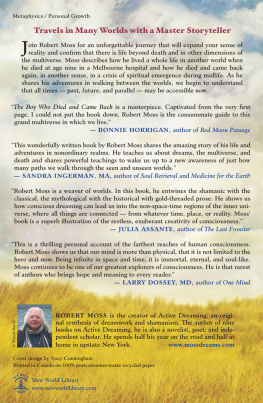
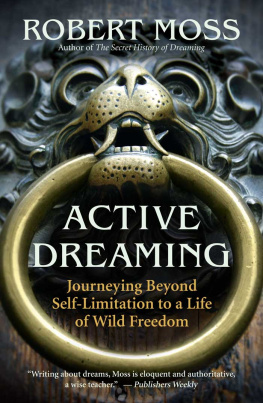
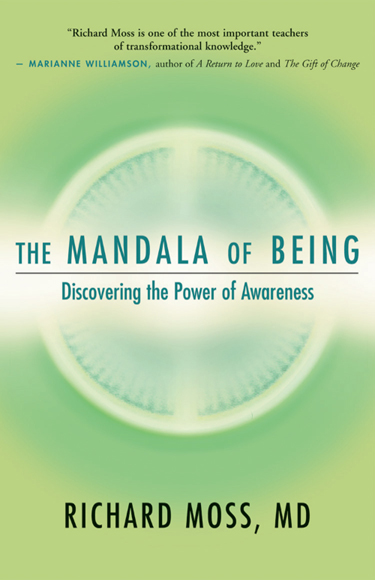


 New World Library is a proud member of the Green Press Initiative.
New World Library is a proud member of the Green Press Initiative.